Home>Gardening & Outdoor>Landscaping Ideas>What Is Pre-Emergent For Lawns
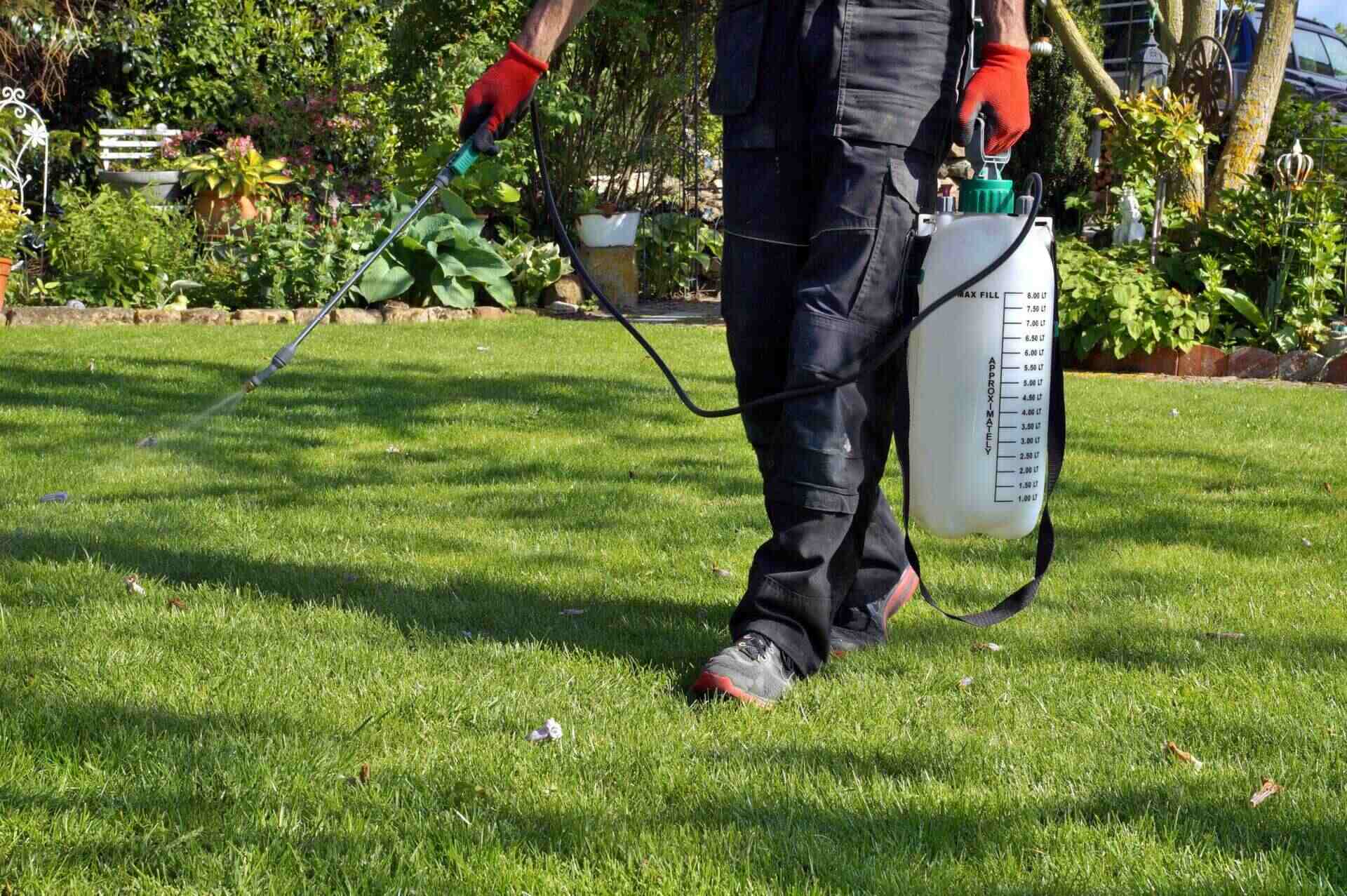

Landscaping Ideas
What Is Pre-Emergent For Lawns
Modified: January 9, 2024
Learn how pre-emergent treatments can help maintain a lush lawn and get expert landscaping ideas for effective weed control. Discover the benefits of pre-emergent for lawns!
(Many of the links in this article redirect to a specific reviewed product. Your purchase of these products through affiliate links helps to generate commission for Storables.com, at no extra cost. Learn more)
Introduction
Welcome to the world of lawn care, where the battle against weeds is a constant challenge. As a homeowner, maintaining a lush, green lawn is a source of pride and joy. However, pesky weeds can quickly invade and mar the beauty of your outdoor space. This is where pre-emergent herbicides come to the rescue. In this comprehensive guide, we will delve into the world of pre-emergent for lawns, exploring what it is, how it works, its different types, application methods, benefits, and important considerations before use.
Whether you’re a seasoned lawn care enthusiast or a novice homeowner looking to elevate your landscaping game, understanding the role of pre-emergent herbicides is crucial in achieving a weed-free, vibrant lawn. So, let’s embark on this enlightening journey to uncover the secrets of pre-emergent and how it can transform your lawn care routine.
Key Takeaways:
- Pre-emergent herbicides create a shield in the soil to stop weed seeds from growing, keeping your lawn weed-free and beautiful without harming the grass and plants you want to keep.
- Applying pre-emergent herbicides at the right time and understanding your lawn’s needs can save time and effort, making your lawn healthy and visually appealing while being environmentally friendly.
Read more: What Is The Best Pre-Emergent For Lawns
What is Pre-Emergent?
Pre-emergent herbicides are a vital tool in the fight against weeds in lawns and gardens. Unlike post-emergent herbicides, which target existing weeds, pre-emergent herbicides are applied to the soil to prevent weed seeds from germinating. These herbicides create a barrier that inhibits the growth of weed seedlings, effectively stopping weeds before they have a chance to emerge.
One of the key features of pre-emergent herbicides is their selective nature. They target specific weed seeds while leaving established turfgrass and desirable plants unharmed. This selective action is achieved through the formulation of the herbicide, which targets the biological processes unique to weed seed germination.
Pre-emergent herbicides are available in both liquid and granular forms, offering flexibility in application methods. They can be applied using spreaders or sprayers, making it convenient for homeowners to incorporate them into their lawn care routine.
Understanding the life cycle of weeds is crucial in grasping the significance of pre-emergent herbicides. Weeds, like most plants, go through a germination process where seeds sprout and develop into seedlings. By targeting this critical phase in the weed life cycle, pre-emergent herbicides disrupt the growth of weeds at the earliest stage, preventing them from establishing a foothold in your lawn.
It’s important to note that pre-emergent herbicides are most effective when applied before weed seeds begin to germinate. Timing is critical, as the herbicide barrier needs to be in place before weed seeds start to sprout. Therefore, understanding the germination patterns of common weeds in your region is essential for maximizing the efficacy of pre-emergent applications.
Overall, pre-emergent herbicides serve as a proactive defense mechanism against weeds, providing long-lasting control and contributing to the overall health and beauty of your lawn.
How Does Pre-Emergent Work?
Pre-emergent herbicides function by creating a protective barrier in the soil that inhibits the germination and early growth of weed seeds. The active ingredients in these herbicides work in various ways to disrupt the vital processes required for seedling development, effectively preventing weeds from taking root in your lawn.
One of the primary mechanisms of pre-emergent herbicides involves inhibiting the growth of weed roots. When weed seeds attempt to germinate and develop roots, they encounter the barrier created by the herbicide. This impedes the elongation and differentiation of the root system, effectively stunting the growth of the emerging seedlings.
Additionally, pre-emergent herbicides can interfere with the cell division and elongation processes in weed seedlings, further hampering their ability to establish themselves in the soil. By disrupting these fundamental biological activities, the herbicide effectively halts the progression of weed seeds into viable seedlings, preventing them from competing with your desirable turfgrass.
Furthermore, some pre-emergent herbicides work by inhibiting the synthesis of certain enzymes and proteins essential for seed germination and early growth. By targeting these specific biological pathways, the herbicide disrupts the normal physiological processes of weed seeds, rendering them unable to develop into mature plants.
The mode of action of pre-emergent herbicides is highly selective, targeting the unique characteristics of weed seeds while sparing established turfgrass and ornamental plants. This selectivity is a crucial aspect of pre-emergent herbicides, as it allows for targeted weed control without causing harm to desirable vegetation.
It’s important to note that the effectiveness of pre-emergent herbicides is influenced by factors such as application timing, soil moisture, and proper incorporation into the soil. By adhering to recommended application practices and understanding the behavior of target weed species, homeowners can harness the full potential of pre-emergent herbicides in safeguarding the health and beauty of their lawns.
In summary, pre-emergent herbicides work by creating a protective shield in the soil that disrupts the germination and early growth of weed seeds, providing long-lasting weed control and preserving the integrity of your lawn.
Types of Pre-Emergent Herbicides
Pre-emergent herbicides are available in various formulations, each offering unique characteristics and application methods. Understanding the different types of pre-emergent herbicides is essential for selecting the most suitable option for your lawn care needs.
1. Granular Pre-Emergent Herbicides:
Granular pre-emergent herbicides come in the form of small, solid particles that are applied to the soil using spreaders. These formulations are convenient for homeowners, as they can be easily distributed across the lawn with precision. Granular herbicides provide uniform coverage and are well-suited for large lawn areas, offering effective weed prevention while minimizing the risk of herbicide drift.
2. Liquid Pre-Emergent Herbicides:
Liquid pre-emergent herbicides are formulated as concentrated solutions that can be mixed with water and applied using sprayers. These formulations offer flexibility in application, allowing for targeted treatment of specific areas or spot treatments as needed. Liquid herbicides can penetrate the soil more rapidly, providing quick establishment of the protective barrier against weed germination.
3. Selective and Non-Selective Pre-Emergent Herbicides:
Pre-emergent herbicides are classified based on their selectivity in targeting weed seeds. Selective herbicides specifically target certain types of weed seeds while leaving desirable plants unharmed. Non-selective herbicides, on the other hand, can inhibit the germination of a broader spectrum of weed seeds and may affect desirable vegetation if not applied with care. Understanding the selectivity of pre-emergent herbicides is crucial in preventing unintended damage to ornamental plants and turfgrass.
4. Combination Pre-Emergent Herbicides:
Some pre-emergent herbicides are formulated as combinations of active ingredients, providing broad-spectrum weed control and targeting multiple weed species simultaneously. These combination formulations offer convenience and efficiency in weed management, making them popular choices for homeowners seeking comprehensive weed prevention solutions.
5. Organic Pre-Emergent Herbicides:
For environmentally conscious homeowners, organic pre-emergent herbicides offer a natural alternative for weed control. These formulations utilize plant-based or naturally occurring active ingredients to inhibit weed seed germination, providing effective weed management while aligning with sustainable lawn care practices.
By understanding the diverse range of pre-emergent herbicide types, homeowners can make informed decisions when selecting the most appropriate formulation for their specific lawn care requirements, ensuring effective weed prevention and a healthy, vibrant lawn.
Apply pre-emergent herbicides in the early spring to prevent weeds from germinating in your lawn. Follow the instructions carefully for best results.
Application of Pre-Emergent
Applying pre-emergent herbicides requires careful planning and adherence to best practices to ensure effective weed prevention and minimal impact on desirable vegetation. The application process involves several key steps to maximize the herbicide’s efficacy and promote a healthy lawn environment.
1. Timing:
Timing is critical when applying pre-emergent herbicides. The goal is to create a protective barrier in the soil before weed seeds begin to germinate. Understanding the germination patterns of common weed species in your region is essential for determining the optimal timing of application. In general, pre-emergent herbicides are typically applied in the early spring and fall to coincide with the germination periods of target weed species.
2. Soil Preparation:
Prior to application, it’s important to prepare the soil by ensuring it is free of debris and thatch. Raking or dethatching the lawn can help create an optimal environment for the herbicide to establish a uniform barrier in the soil. Additionally, ensuring adequate soil moisture is crucial for the herbicide to effectively integrate into the soil and provide long-lasting weed control.
3. Application Methods:
Pre-emergent herbicides are available in granular and liquid formulations, each requiring specific application methods. Granular herbicides are applied using spreaders, which evenly distribute the herbicide particles across the lawn. Liquid herbicides are mixed with water and applied using sprayers, allowing for targeted treatment of specific areas. It’s important to follow the manufacturer’s instructions regarding application rates and techniques to achieve uniform coverage and optimal weed prevention.
4. Incorporation into the Soil:
After application, the pre-emergent herbicide needs to be incorporated into the soil to create a cohesive barrier that inhibits weed seed germination. This can be achieved through light irrigation or gentle raking, ensuring that the herbicide is effectively integrated into the top layer of the soil where weed seeds are likely to germinate.
5. Post-Application Care:
Following the application of pre-emergent herbicides, it’s important to avoid disturbing the treated area to maintain the integrity of the herbicide barrier. Additionally, maintaining proper irrigation and lawn care practices can support the longevity of the herbicide’s weed prevention effects, contributing to the overall health and beauty of the lawn.
By carefully adhering to recommended application practices and understanding the specific requirements of the chosen pre-emergent herbicide, homeowners can effectively integrate weed prevention into their lawn care routine, fostering a weed-free and vibrant outdoor space.
Benefits of Using Pre-Emergent
Utilizing pre-emergent herbicides in your lawn care regimen offers a multitude of benefits, contributing to the overall health, beauty, and resilience of your lawn. Understanding the advantages of pre-emergent applications can empower homeowners to make informed decisions in weed management and achieve a thriving outdoor space.
1. Proactive Weed Prevention:
Pre-emergent herbicides provide proactive weed control by targeting weed seeds before they have the opportunity to germinate and establish in the soil. This proactive approach minimizes the need for reactive weed management methods, reducing the presence of unsightly and invasive weeds in your lawn.
2. Preservation of Lawn Aesthetics:
By preventing the emergence of weeds, pre-emergent herbicides help maintain the aesthetic appeal of your lawn. A weed-free lawn contributes to a lush, uniform, and visually appealing outdoor environment, enhancing the overall curb appeal of your property.
3. Protection of Desirable Plants:
Pre-emergent herbicides exhibit selective action, targeting specific weed seeds while leaving established turfgrass and ornamental plants unharmed. This selective control minimizes the risk of damage to desirable vegetation, allowing your lawn to thrive without the competition from invasive weeds.
4. Long-Lasting Weed Control:
When applied correctly, pre-emergent herbicides provide long-lasting weed prevention, offering extended control of weed seed germination. This extended efficacy reduces the frequency of weed management tasks, providing homeowners with a low-maintenance solution for weed control.
5. Enhanced Turfgrass Health:
By reducing competition from weeds, pre-emergent herbicides support the health and vigor of turfgrass, allowing it to thrive and establish a dense, resilient lawn. This contributes to improved turfgrass density, uniformity, and overall health, creating an optimal environment for outdoor activities and relaxation.
6. Time and Labor Savings:
Integrating pre-emergent herbicides into your lawn care routine can save time and effort by minimizing the need for manual weed removal and post-emergent weed control measures. This allows homeowners to allocate their resources towards other aspects of lawn maintenance and enjoyment.
7. Environmental Stewardship:
Selective and organic pre-emergent herbicides align with environmentally conscious lawn care practices, offering effective weed management while minimizing the impact on the surrounding ecosystem. This supports sustainable landscaping practices and contributes to a healthy outdoor environment.
By harnessing the benefits of pre-emergent herbicides, homeowners can establish a resilient, visually appealing lawn while minimizing the challenges associated with weed infestations, ultimately enhancing the outdoor living experience.
Considerations Before Using Pre-Emergent
Before incorporating pre-emergent herbicides into your lawn care routine, it’s important to consider several key factors to ensure effective and responsible use of these weed prevention products. By addressing these considerations, homeowners can maximize the benefits of pre-emergent applications while promoting the health and beauty of their outdoor space.
1. Targeted Weed Species:
Understanding the specific weed species prevalent in your region is crucial for selecting the appropriate pre-emergent herbicide and determining the optimal timing of application. Different weeds may have distinct germination patterns, and tailoring your approach to target the predominant weed species enhances the efficacy of pre-emergent treatments.
2. Soil Conditions:
Evaluating the soil conditions in your lawn, including factors such as soil type, pH levels, and moisture content, can influence the selection and application of pre-emergent herbicides. Certain herbicides may have specific soil requirements for optimal performance, and adjusting your approach based on soil characteristics can enhance the effectiveness of weed prevention.
3. Desired Lawn Establishment:
If you plan to overseed or establish new turfgrass in your lawn, it’s important to consider the compatibility of pre-emergent herbicides with these activities. Some herbicides may inhibit seed germination, potentially impacting the establishment of new grass. Understanding the timing and compatibility of pre-emergent applications with lawn renovation projects is essential for achieving successful outcomes.
4. Environmental Impact:
When selecting pre-emergent herbicides, it’s important to consider their environmental impact and potential effects on non-target organisms. Choosing selective herbicides that minimize harm to beneficial plants and wildlife supports responsible and sustainable weed management practices, contributing to a healthy ecosystem.
5. Application Timing and Frequency:
Proper timing of pre-emergent applications is critical for maximizing their efficacy. Understanding the germination periods of target weed species and adhering to recommended application schedules can significantly impact the success of weed prevention. Additionally, considering the longevity of herbicide effectiveness and the need for reapplication is essential for sustained weed control.
6. Integration with Lawn Care Practices:
Integrating pre-emergent herbicides into a comprehensive lawn care program enhances the overall health and resilience of your lawn. Considering the compatibility of herbicide applications with other lawn care practices, such as fertilization, irrigation, and mowing, ensures a harmonized approach to maintaining a vibrant and weed-free outdoor space.
By carefully considering these factors before using pre-emergent herbicides, homeowners can make informed decisions, optimize the efficacy of weed prevention, and promote the long-term health and beauty of their lawn, creating an environment that is conducive to relaxation and outdoor enjoyment.
Conclusion
Embarking on the journey of understanding pre-emergent herbicides unveils a world of proactive weed prevention and sustainable lawn care practices. As homeowners strive to cultivate vibrant, weed-free lawns, the role of pre-emergent herbicides emerges as a pivotal component in achieving this aspiration.
By delving into the intricacies of pre-emergent herbicides, we have uncovered their proactive nature, selective action, and diverse formulations, each contributing to the overall health and beauty of lawns. The benefits of pre-emergent applications extend beyond weed prevention, encompassing the preservation of lawn aesthetics, protection of desirable plants, and environmental stewardship.
However, the responsible use of pre-emergent herbicides hinges on thoughtful considerations, including targeted weed species, soil conditions, and integration with lawn care practices. By addressing these factors, homeowners can harness the full potential of pre-emergent treatments while minimizing the impact on the surrounding ecosystem.
As we conclude our exploration of pre-emergent herbicides, it becomes evident that these proactive weed prevention tools are not merely products but allies in the pursuit of a resilient, visually appealing lawn. Their ability to disrupt the germination and early growth of weeds empowers homeowners to take a proactive stance against invasive plants, fostering an environment where desirable turfgrass can thrive and flourish.
Ultimately, the integration of pre-emergent herbicides into a comprehensive lawn care regimen represents a commitment to sustainable landscaping practices, environmental stewardship, and the creation of outdoor spaces that inspire relaxation and enjoyment. By leveraging the benefits of pre-emergent applications and embracing responsible use, homeowners can cultivate an oasis of beauty and tranquility right in their own backyard.
So, as you embark on your lawn care journey, consider the transformative potential of pre-emergent herbicides, and envision a future where your lawn stands as a testament to proactive weed prevention, vibrant greenery, and the joy of outdoor living.
Frequently Asked Questions about What Is Pre-Emergent For Lawns
Was this page helpful?
At Storables.com, we guarantee accurate and reliable information. Our content, validated by Expert Board Contributors, is crafted following stringent Editorial Policies. We're committed to providing you with well-researched, expert-backed insights for all your informational needs.
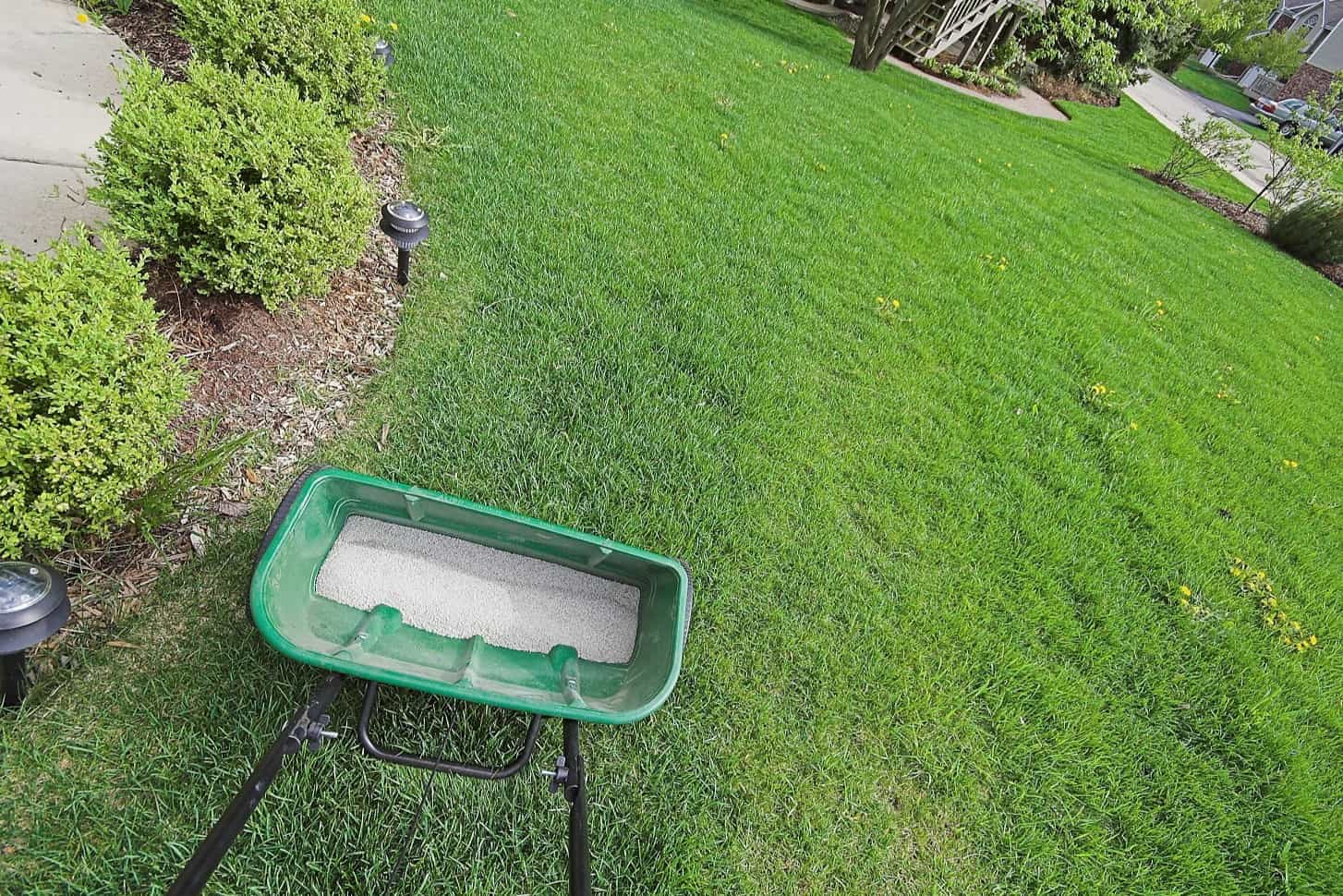
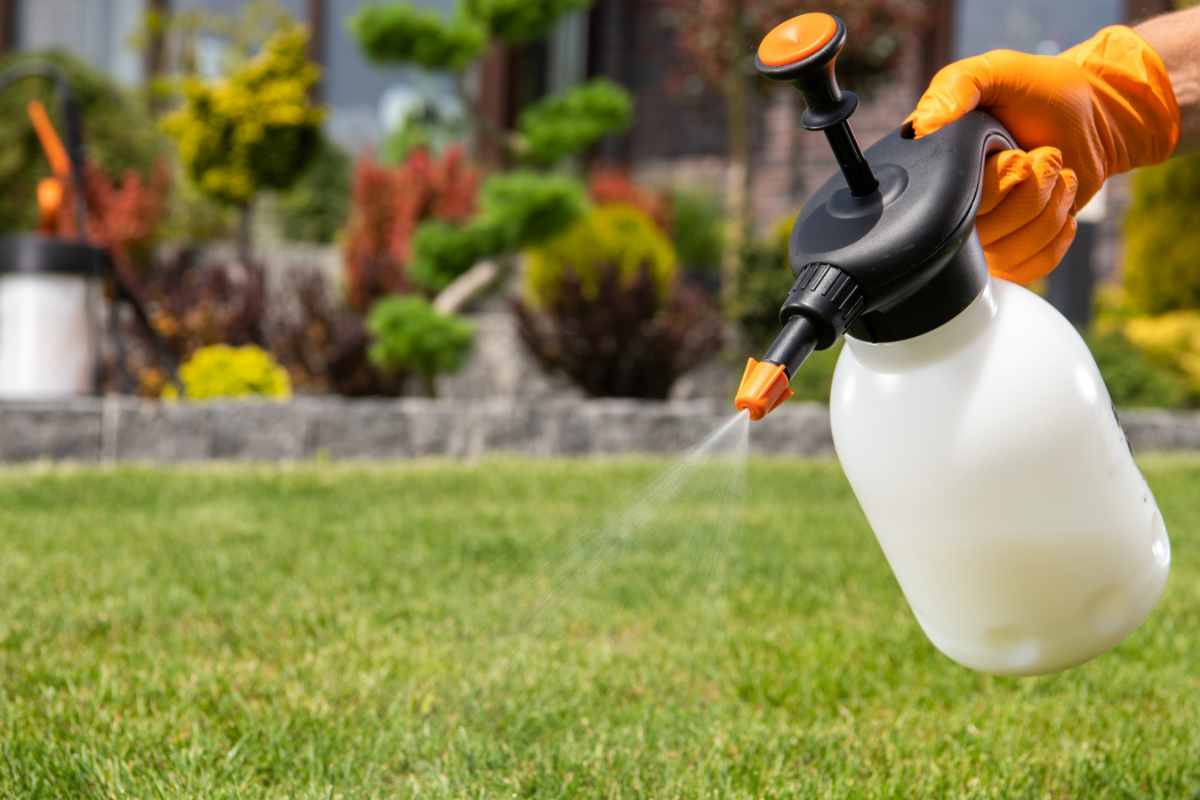
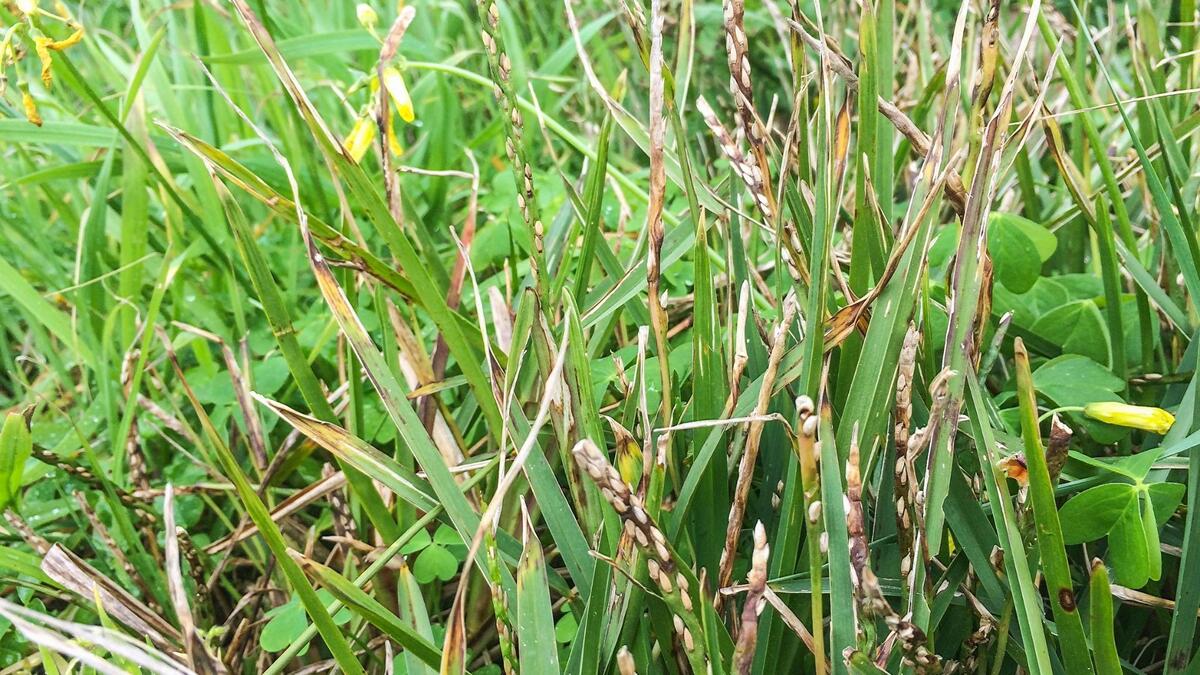
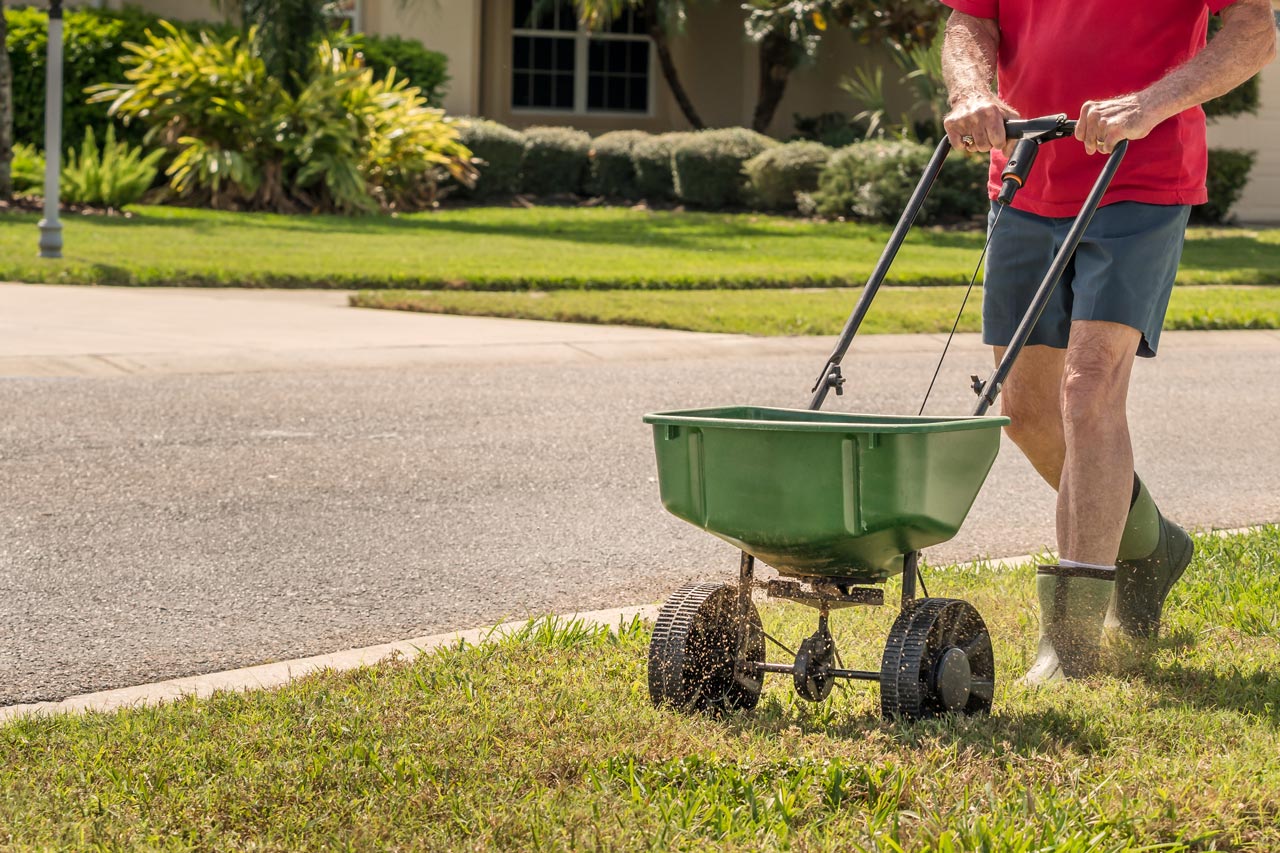





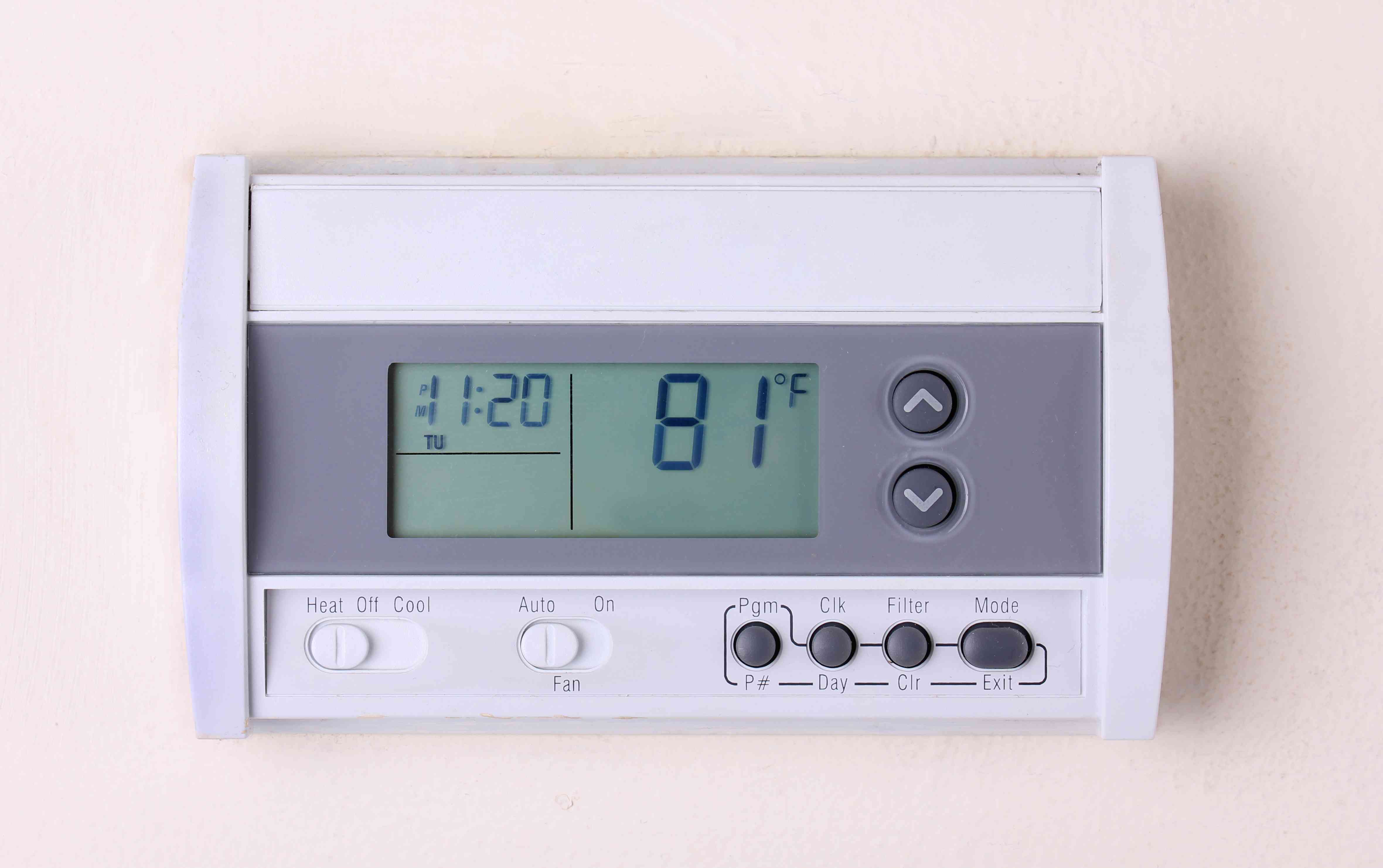





0 thoughts on “What Is Pre-Emergent For Lawns”